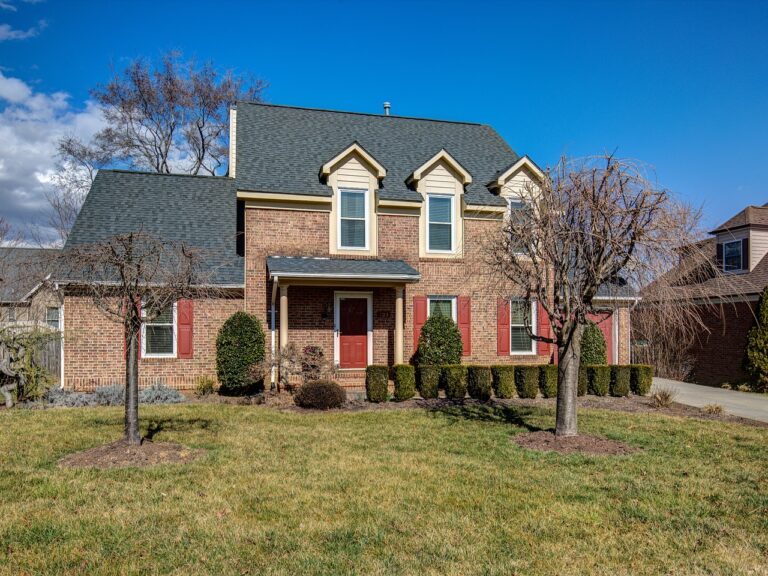The Role of Green Building Certifications in Home Construction
Green building certifications are voluntary programs that assess and verify the sustainability and environmental performance of buildings. These certifications are based on criteria that cover various aspects of a building’s design, construction, operation, and maintenance. By meeting these criteria, buildings can achieve certification levels that demonstrate their commitment to sustainable practices and environmental responsibility.
There are several well-known green building certifications available, such as LEED (Leadership in Energy and Environmental Design), BREEAM (Building Research Establishment Environmental Assessment Method), and Green Globes. Each certification program has its own set of requirements and standards, but they all aim to promote energy efficiency, resource conservation, indoor air quality, and overall sustainability in the built environment. Achieving certification can enhance a building’s market value, improve its environmental performance, and contribute to the well-being of occupants and the surrounding community.
Benefits of Green Building Certifications for Homeowners
Green building certifications offer several advantages to homeowners looking to invest in sustainable and energy-efficient properties. One of the key benefits is the potential for long-term cost savings through reduced energy consumption and water usage. By implementing eco-friendly features and materials, certified green buildings typically have lower utility bills, which can result in significant financial savings over time.
In addition to financial benefits, green building certifications also contribute to a healthier living environment for homeowners. These certifications prioritize indoor air quality, natural lighting, and efficient heating and cooling systems, creating spaces that are not only environmentally friendly but also promote the well-being of occupants. This emphasis on sustainability and health can lead to increased comfort and satisfaction for homeowners living in certified green buildings.
What is a green building certification?
A green building certification is a designation given to a building that meets certain sustainable and environmentally friendly standards.
What are some common green building certifications?
Common green building certifications include LEED (Leadership in Energy and Environmental Design), ENERGY STAR, and Green Globes.
How can homeowners benefit from having a green building certification?
Homeowners can benefit from having a green building certification by saving money on utility bills, improving indoor air quality, and increasing the resale value of their home.
Do green building certifications require a lot of additional costs?
While there may be some upfront costs associated with obtaining a green building certification, the long-term benefits in terms of energy savings and increased home value often outweigh these costs.
How can homeowners find out more about green building certifications?
Homeowners can research green building certifications online, contact local green building organizations, or speak with a green building consultant to learn more about the process and benefits of obtaining a certification.







